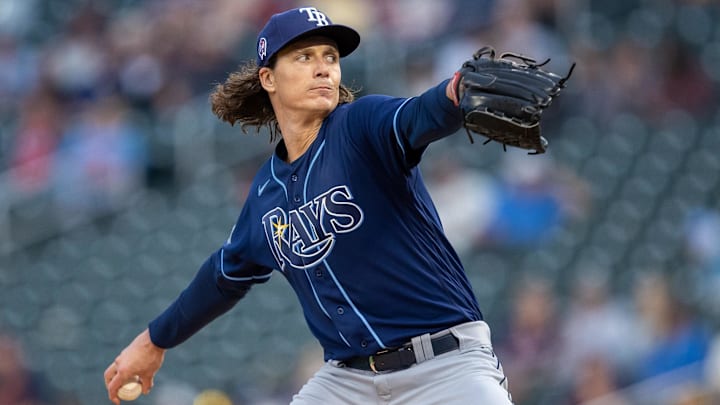Now that the off-season is in full swing, there have been many rumors and transactions over the last month that have changed the market. So with the updated information, who should be the Pittsburgh Pirates' top starting pitching trade targets?
On October 30th, I wrote an article listing what I viewed as the five best starting pitcher trade targets for the Pittsburgh Pirates. It’s been about a month since I released that list, and it’s dramatically changed. The third player on the list, Michael Wacha, is no longer a trade target but instead a free agent target. The San Diego Padres turned down his option for 2024-2025. The last two players on the list, Griffin Canning and Patrick Sandoval, may not get traded at all. The LA Angels recently stated they’re not looking to rebuild, so moving either starting pitcher doesn’t look all that likely, and if they do get traded, they’ll likely have a high price tag.
It was reasonable to assume these players would have been on the trade market. Wacha posted a 127 ERA+ for the second season in a row, and his team option was worth just $16 million a year in 2024 and 2025. Plus, the article was written and published before it was revealed the Padres took out a $50 million loan.
The Angels were coming off a rough season, and may lose superstar two-way player Shohei Ohtani. They had also waived a ton of their deadline acquisitions in an attempt to save money, and with one of the shallowest farm systems in baseball, one could theorize they would have decided to rebuild early into the off-season.
The Pirates are in an even more desperate need of starting pitching depth now with Johan Oviedo undergoing the always dreaded Tommy John surgery. So, who would be on the list if we re-analyze the top starting pitching trade targets on the market, excluding Wacha, Canning, and Sandoval?
